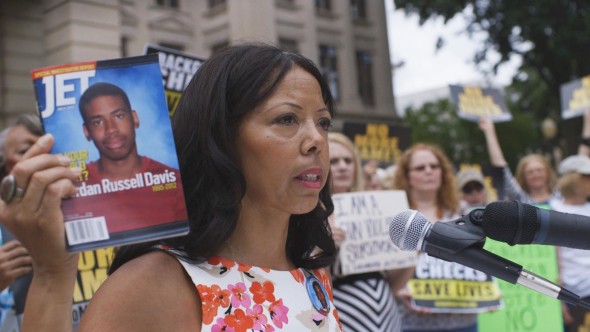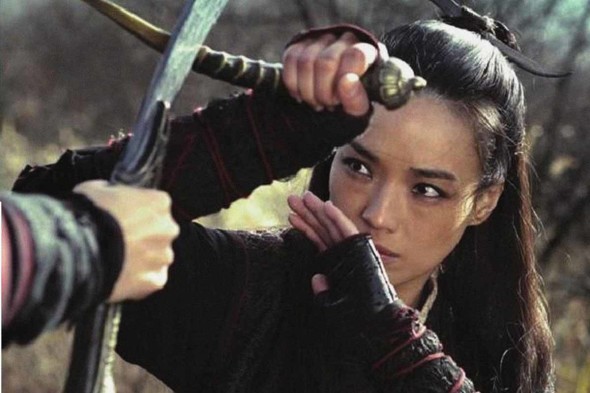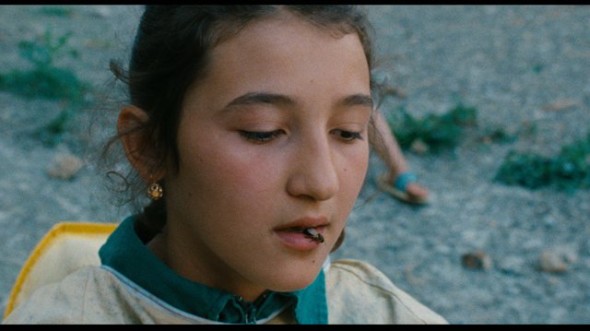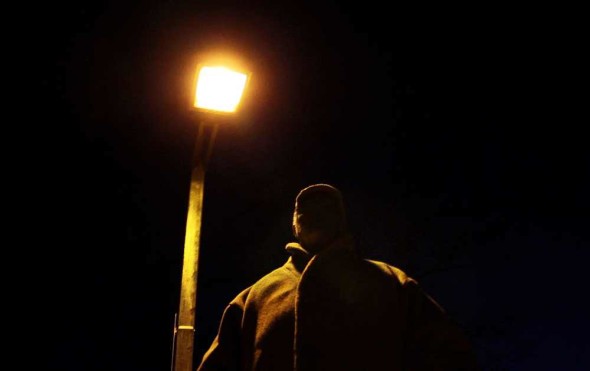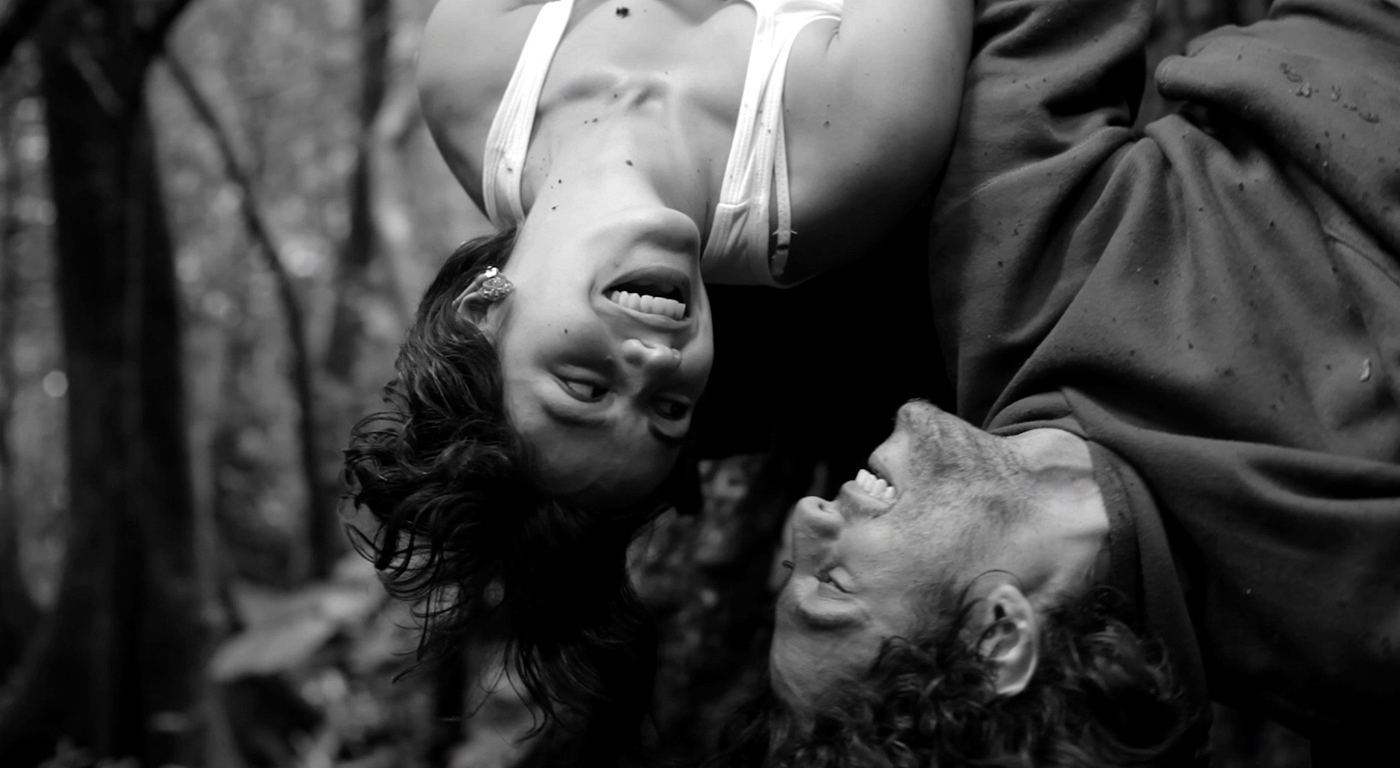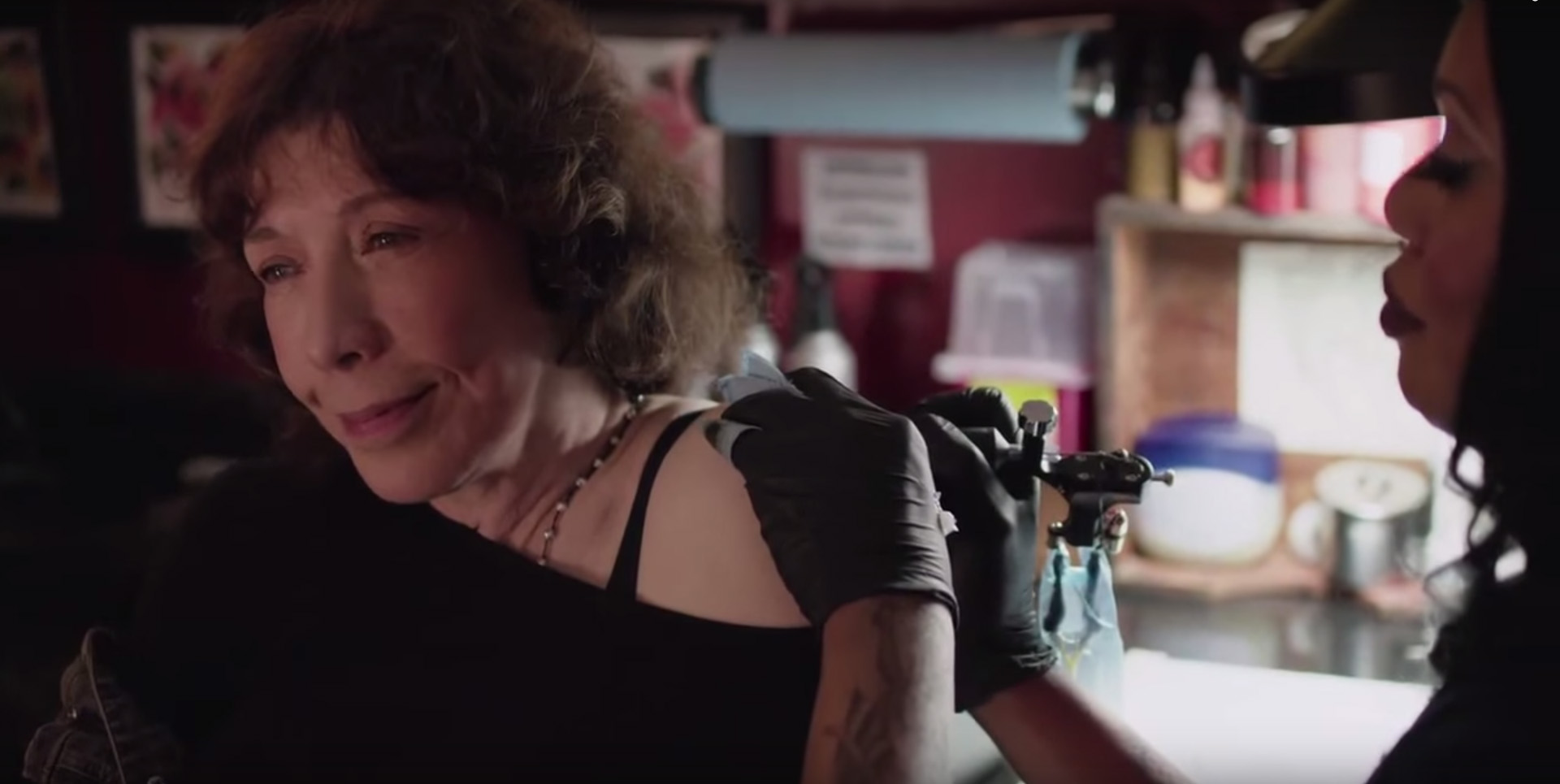This repost by staff writer Ren Jender appears as part of our theme week on Depictions of Trans Women.
Whenever people who aren’t queer make a film about queers, I’m always very wary about seeing it. Over 30 years ago, I had made up my mind to go to my first queer bar, but stopped in a revival movie house to see a film beforehand, which contained a surprise: an explicit male-male rape scene. The victim was the main character, in a jailhouse. His attacker was his cell mate, a grotesque, possibly mentally disabled, bald giant who had some teeth missing: he smiled as he came and sent a shiver of revulsion through the audience. No reviewer had warned about this scene, probably because this portrayal of a queer character was typical for the time. After the film was over I didn’t go to the bar. I just headed home instead.
Maybe sitting through years of shitty queer characters in films and TV has sensitized me, because, even though I’m not trans*, I often get a similar, sickly feeling about films and TV with trans* characters made by people who aren’t trans*, most recently the two (or maybe it was one and a half) episodes of the Emmy-nominated Transparent I watched when (cis) people I respect raved about it. The trans women I’ve known seem very unlike the long-suffering main character (played by a man in a dress: Jeffrey Tambor, who is winning awards for the role). They also don’t seem like the martyr played by Jared Leto (another award-winning man in a dress) in the clips I’ve seen from Dallas Buyers Club. The trans women I’ve known also aren’t the metaphorical punching bag Transamerica‘s Felicity Huffman (for once a woman — though a cis one — in a dress: perhaps why she didn’t win as many awards) played either.
In the first few scenes of the recently released documentary Mala Mala (directed by Antonio Santini and Dan Sickles) about trans* women in Puerto Rico I briefly had some trepidation when the camera (the striking cinematography is by Adam Uhl) couldn’t resist (like director Abdellatif Kechiche with his star in Blue Is The Warmest Color) an objectifying focus on the ass of trans activist Ivana. She tells us she wanted her hips and thighs to resemble those of the Latina women she admired, even though her frame is quite slender. Though proud to be Puerto Rican (and often acting as a spokesperson for trans rights there) Ivana considers herself “made in Ecuador” where she had her procedures done.
But the film has enough different types of trans* people (including some drag queens and others who don’t consider themselves women: I would have liked to see interviews with the dark-skinned Afro-Latinas we see in performance) and spends a lot of time letting us get to know them (without seeming to waste a moment) that I forgot about the fascination with Ivana’s butt. We first meet Ivana when she is distributing condoms to trans women sex workers on the street. We get the low-down on what sex work is like for trans women from Sandy who tells us she and other trans women have to be more beautiful than the cis women sex workers on the street or they won’t attract clients.
Some of the trans* people we also get to know are: an older woman who laments what she sees as a lack of reflection in younger trans women, a drag queen with an interest in corporate law whose role model is Marilyn Monroe, a trans guy who isn’t able to get testosterone, and a drag queen who carefully differentiates herself from “prostitutes” and becomes a contestant on RuPaul’s Drag Race. By focusing on nine people who often have differing opinions, the film gives us a taste of the richness and variety found within the trans* community. And because the film stays focused on these nine, we see them go through transformations that transcend the physical. Sex worker Sandy allies herself with Ivana, while also wondering why the funds set aside for trans* women in Puerto Rico don’t do more for them. They band together with other trans* women to form a new trans* rights group with Sandy telling us that they will wear shirts up to her necks and pants that cover their legs (in contrast to her usual short, low-cut dresses) so legislators will focus on their faces and what they have to say. Kickstarter-funded and executive-produced by veteran of the New Queer Cinema Christine Vachon, Mala Mala is beautiful to look at (from Puerto Rico’s green hills and blue ocean to neon tinted street scenes) and is one of the best and most moving films–narrative or documentary–I’ve seen all year.
[youtube_sc url=”https://www.youtube.com/watch?v=0rftiozFCa8″ iv_load_policy=”3″]
Tangerine, a comedy (directed by Sean Baker who also co-wrote the script with Chris Bergoch) that had its premiere at Sundance is about trans women of color sex workers and has been getting some surprisingly glowing reviews. Maybe because I kept comparing it to Mala Mala, I was disappointed. I can see what people reacted to: the two main characters, Sin-Dee (Kitana Kiki Rodriguez) and Alexandra (Mya Taylor) are vivid and funny (and played by talented, trans women). The film is also stunning to look at: co-cinematographers Baker and Radium Cheung give us a Los Angeles that has never looked more crisp and unforgiving in its sunniness, especially amazing considering the film was shot entirely on iPhones (equipped with special lenses, but still). Perhaps those who love this film were reminded of the early work of John Waters or Pedro Almodóvar, but those two, at least before they became big-time directors were part of the milieu they made films about, which isn’t the impression I get about Baker (who has also worked as a TV producer). Some of the interplay between the characters seems pretty generic: the plot, if there is one, focuses on Sin-Dee trying to track down the woman (“A real bitch with vagina and everything”) Sin-Dee’s pimp, Chester, “cheated” on her with. Waters and Almodóvar didn’t have the tightest plots in their early films either (one of Waters’ films centered on Divine getting “cha-cha heels”), but the details seemed more acutely observed–and nobody said about their films, when they were first released, that they seemed like anyone else’s.
Tangerine has some good comic moments: I was especially taken with a scene, shot from the inside of the front windshield, of a blow job received during a car wash and Rodriguez’s peerless reading of lines like “I promise, I promise” in response to Alexandra asking her to not cause “drama.” But we see how little we know about Alexandra and Sin-Dee’s interior lives when we spend time with Armenian immigrant cab-driver, Razmik (Karren Karagulian). Unlike the rest of the characters, Razmik has the ability to surprise us and to make us wonder what he’s thinking–or what he’ll do next. A film with trans women actresses this good shouldn’t have a cis man be its most interesting character. If trans women start making their own films with iPhones, maybe we’ll see characters that match these women’s talents.
[youtube_sc url=”https://www.youtube.com/watch?v=ALSwWTb88ZU” iv_load_policy=”3″]
___________________________________________________
Ren Jender is a queer writer-performer/producer putting a film together. Her writing, besides appearing every week on Bitch Flicks, has also been published in The Toast, RH Reality Check, xoJane and the Feminist Wire. You can follow her on Twitter @renjender




